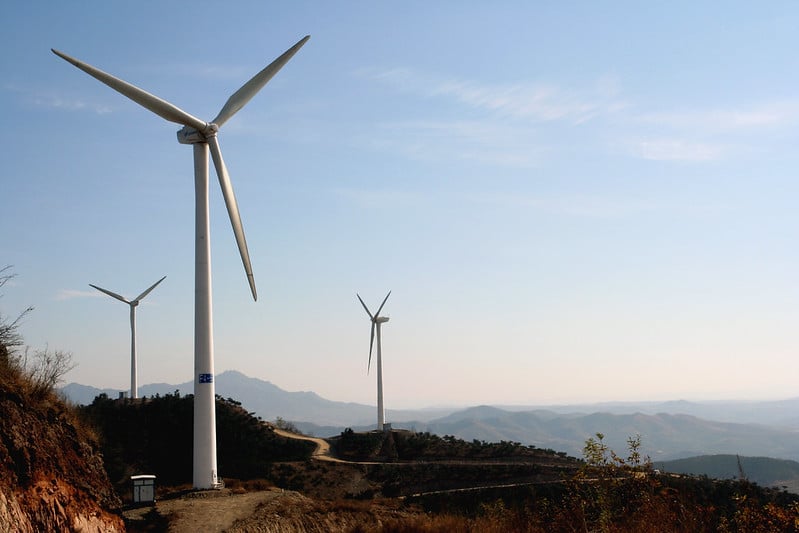According to China’s National Energy Administration, China added a record amount of wind capacity in 2020- almost 72 gigawatts (GW), more than double the previous record. China also added about 48 GW of solar, the most since 2017, and about 13 GW of hydropower.
—
What is Happening?
- China’s previous record for new renewables capacity across all technologies was about 83 GW in 2017, according to BloombergNEF.
- Wind and solar installations were surprisingly high, and they imply that massive installation additions were done in the last few weeks of 2020.
- The China Electricity Council had previously reported that, by the end of November, China had installed 26.6 GW of wind and 25.9 GW of solar for the year. Robin Xiao, an analyst with CMB International Securities Corp., says, “It was quite a surprise to see wind power installations of 48 gigawatts in December. Solar installations also beat expectations, but on more realistic grounds.”
- Xiao adds that wind and solar figures were so high that many questioned whether the government adjusted the way it calculated capacity. However, this can be explained by the cutoff date for some onshore wind and solar subsidies being December 31, the pandemic delaying many projects, which may have allowed partially completed installations to count their entire capacity.
Xiao says, “Against the backdrop of carbon-neutral development, I think the Chinese government will tend to adopt relatively relaxed standards to promote the sector’s development.”
You might also like: China: The Road to the World’s Largest Carbon Trading Market

Wind energy capacity additions in China from 2000-2020 (Source: NEA)
- Renewable energy firms in China have been in good spirits since President Xi Jinping’s September 2020 announcement that the country will aim to be carbon-neutral by 2060.
- China’s national carbon market started operating on February 1, and while it may take time for the pricing to be meaningful, the system is eventually likely to have a significant impact on investment decisions.
- Since October 2011, carbon trading schemes have been implemented in eight jurisdictions across China. The pilot programmes were intended to test how these schemes would work under different conditions. Locations of pilot programmes include Beijing and Shanghai, the heartland of China’s manufacturing industry in Guangdong province and the densely populated industrial municipalities of Tianjin and Chongqing. The pilot programmes appear to have been successful in reducing China’s carbon intensity, a measure of emission reductions calculated relative to economic growth and GDP, which fell by 48.1% in 2019 compared to a 2005 baseline. By the end of August 2020, China’s pilot carbon trading markets had a total carbon emission trading quota of 406 million tonnes of carbon dioxide equivalent, equal to around 9.28 trillion Chinese RMB.
Featured image by: Flickr

















